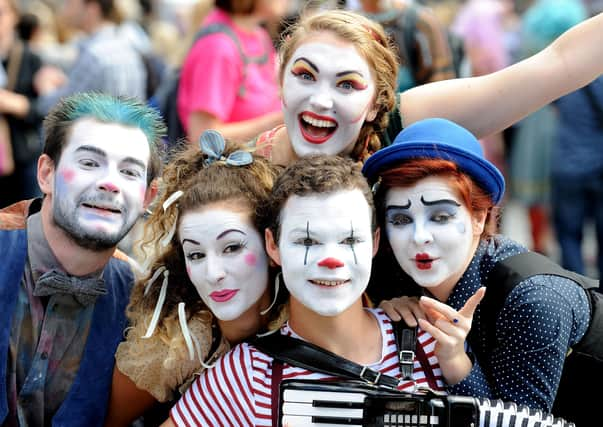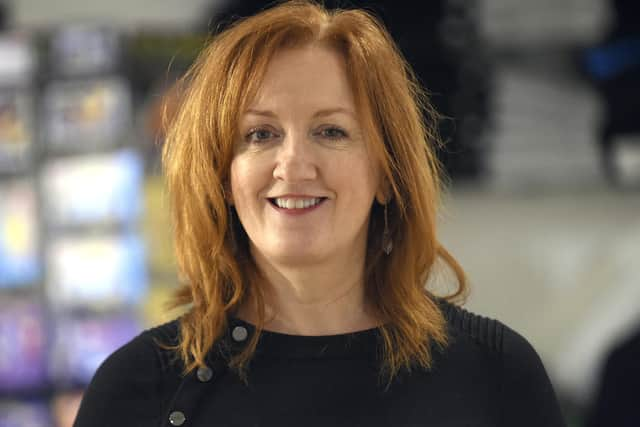Financial aid will help the Fringe Society step back from the brink of disaster – Shona McCarthy


Last month I shared in this column that the Fringe Society was in a perilous position. Even having built up a sensible reserve over the years, nothing could have prepared us for a global pandemic and total loss of income. We are grateful that a cross-agency group including Scottish Government, Scottish Enterprise, Creative Scotland and City of Edinburgh Council have come together to support us, and that a financial package of loans and investment is close to being finalised.
It has been important to us as a small team of 30 people to know that we can continue to help thousands of artists return to Edinburgh’s stages in 2021, and that the Fringe’s cultural, social and economic contribution to the city is being recognised.
Advertisement
Hide AdAdvertisement
Hide AdIt will be weird to imagine our city without the Fringe this year, given how interwoven it is into the fabric of Edinburgh, and how much Edinburgh’s geography shapes the very identity of the festival. There’s hardly a space that hasn’t been transformed into a venue at some point, from small basements and spiegeltents in university squares, to theatres, hairdressers, sports clubs and even a taxi.


For all its noise and colour – and at times inconvenience – we know Edinburgh still has a great fondness for the Fringe. Some 850,000 tickets were bought by Edinburgh locals last year – a record high – and 744 shows were made by Edinburgh creatives. As the charity that underpins the Fringe, one of our priorities is to connect the festival and its benefits to all parts of the city. Fringe Days Out started in 2017 as a 70th anniversary thank you to Edinburgh’s communities. Three years later, we’ve built strong relationships with 32 community groups to provide over 10,000 free Fringe Days Out (including Lothian bus tickets), with the majority of participants never having been to the festival before. People from all walks of life have been involved and it’s been a source of real joy; we believe that everyone has the right to experience live performance and this scheme makes that possible.
While we won’t be able to do things in quite the same way this year, we’re exploring ways of bringing a taste of the Fringe to local communities across the city, be that digitally or otherwise.
Working closely with our community partners, the council and others, we want to be part of the city’s recovery and healing, especially for those at risk of social isolation. And through these relationships, we can work together to ensure the return of the Fringe is better than ever in 2021. We’ll keep you posted as this one develops.
Advertisement
Hide AdAdvertisement
Hide AdIn the meantime, over the coming weeks and months we will be asking people – citizens, artists, community leaders, young people – to help shape what the future of the Fringe looks like. Whether you have been part of it every year or have never been, we’d love to hear what the Fringe means to you and what you would like it to be.
Take care and stay safe,
Shona McCarthy is Chief Executive of the Edinburgh Festival Fringe Society
Comment Guidelines
National World encourages reader discussion on our stories. User feedback, insights and back-and-forth exchanges add a rich layer of context to reporting. Please review our Community Guidelines before commenting.